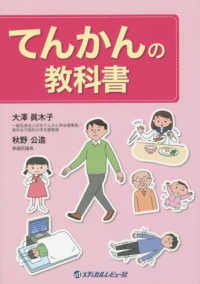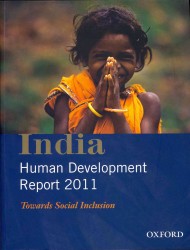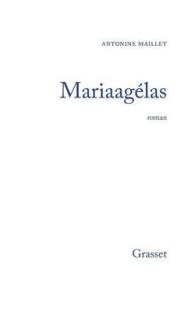Full Description
50 Literacy Strategies for Beginning Teachers, 1-8, Third Edition, features 50 instructional strategies pre-service and in-service teachers can use to teach literacy competencies to students in grades one through eight. The strategies combine with examples of authentic children's literature that show the strategies in action to make the ideas clear and easy to follow. Strategies are included for each literacy competency-word recognition, vocabulary, comprehension, and writing-and allow easy access for users to strategies that students need for literacy development.
Contents
PART I Creating Successful Literacy Lessons Format for Literacy Lessons Procedures for Generalizable Teaching Strategy PART II Word Recognition Strategies: Sight Words, Context Clues, Morphemic (Structural) Analysis, Phonic Analysis 1 Pocket Chart 2 Word Wall for Sound-Symbol Relationships 3 Modified Cloze Technique 4 Masking 5 Language Experience Approach for Sight Word Development 6 Phonograms: Hink Pinks, Hinky Pinkies, and Hinkety Pinketies 7 Word Building 8 Multiple Word Meaning Matching Game 9 Word Detective Cards 10 VAKT for Sight Word Recognition and Spelling PART III Vocabulary Strategies 11 Semantic Feature Analysis for Narrative and Informational Text12 Concept of Definition or Word Map 13 Thinking Tree 14 Semantic Mapping or Webbing 15 Magic Squares 16 Context Puzzles 17 Closed and Open Word Sorts 18 Concept Circles 19 Analogies 20 Frayer Model PART IV Comprehension Strategies 21 Chaining for Time Order or for One-to-One Cause and Effect and/or Problem Solution 22 Chaining for Multiple Causes and Effects or Problem Solutions 23 Plot-Relationship Chart 24 Story Pyramid 25 Picture Walk or Text Walk 26 Readers' Theater 27 KWL 28 SQ3R 129 Mapping with Guided Reading Procedure (GRP) 30 Reciprocal Questioning (ReQuest) 31 Comparison-Contrast Chart and Venn Diagram 32 Character Map 33 Character Sketch 34 The Setting Book PART V Writing Strategies35 All About . . . Books 36 Story Impressions 37 Rewriting a Story from Another Point of View 38 List and Five Senses Poems 39 Scamper 40 Imagery 41 Reluctant Writer 42 Innovative Text (Structured Rewriting or Patterned Writing) 43 Concept Guides with Graphic Organizers for Main Idea-Detail Relationships 44 Diamantes for Contrast Writing45 Clerihews and Bio-Poems for Descriptive Writing 46 Letter Writing PART VI Listening and Speaking Strategies 47 Conversational Puppets 48 Directed Listening-Thinking Activity (DL-TA)-With T-Chart 49 Echo Reading 50 Literacy Posters Appendix: Some Recommended Literacy Websites References Children's Literature and Textbook References








